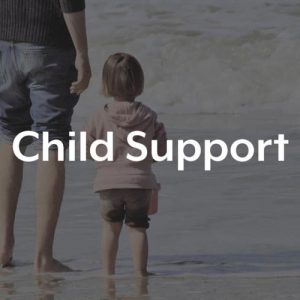Current Trends in Family Law
It is no secret that family law is an ever-evolving field, as it is impacted by a variety of factors, from changes in technology to social movements. These changes can have a substantial effect on family lawyers, clients, and the court system. Staying informed of current trends in family law is essential for those working in the field, as it enables practitioners to keep abreast of the latest developments and to better serve their clients.
In this blog post, we will explore some of the current trends in family law and highlight the implications they may have on the field. We will look at the areas of technology, immigration, and gender, examining how they influence the legal decisions being made in family court. By exploring these key topics, we aim to provide readers with an understanding of how current trends are impacting the practice of family law.
Increased Focus on Non-Traditional Families
As society continues to evolve, non-traditional families are becoming increasingly common. This has led to an increased focus on the laws and regulations that apply to these families. With the rise of same-sex marriage, there is an increased awareness of the legal rights and responsibilities of each member of the family unit.
In addition, the legal rights of unmarried couples, as well as the legal rights of grandparents and other non-traditional family members, are becoming more prominent in family law. As a result, family law attorneys face an exciting and ever-changing field as they strive to protect the rights of all family members, regardless of their traditional family structure.











